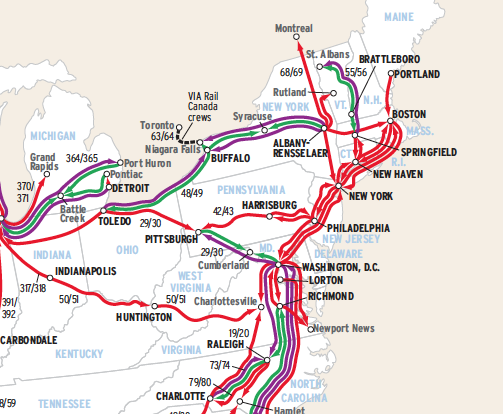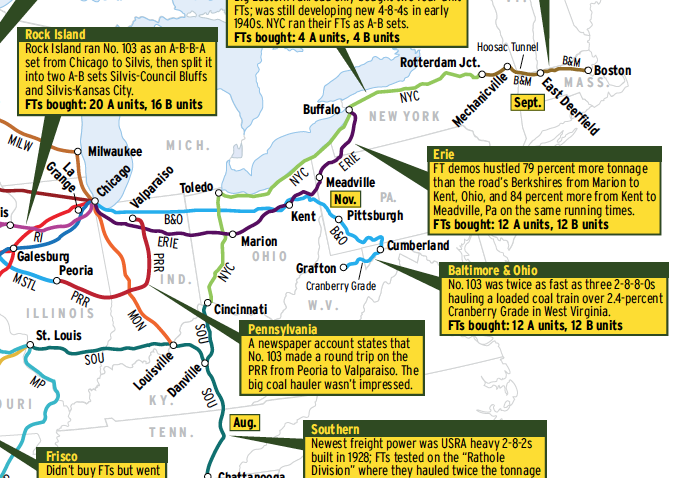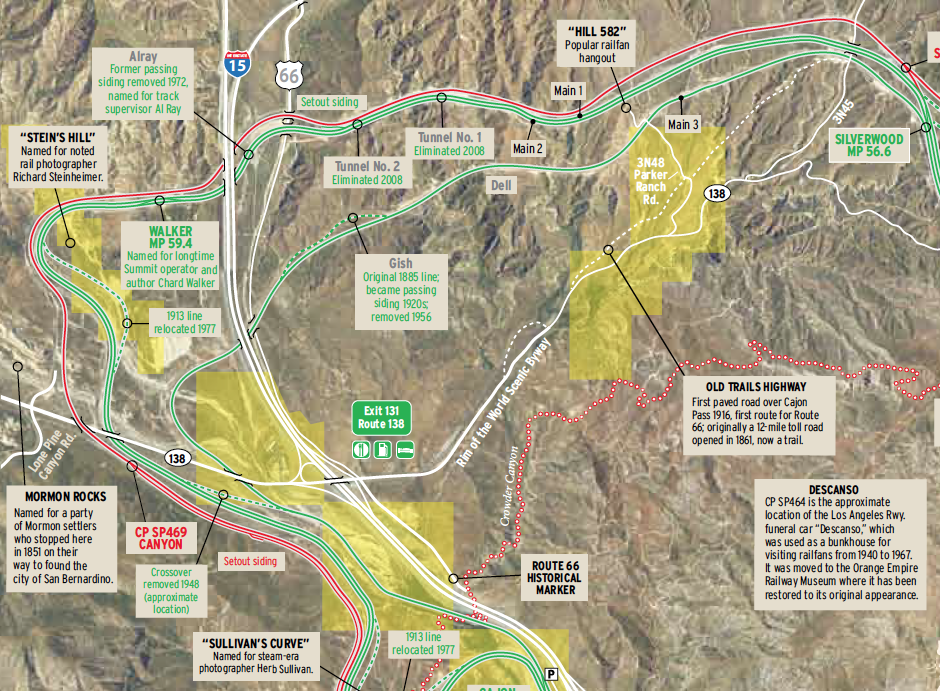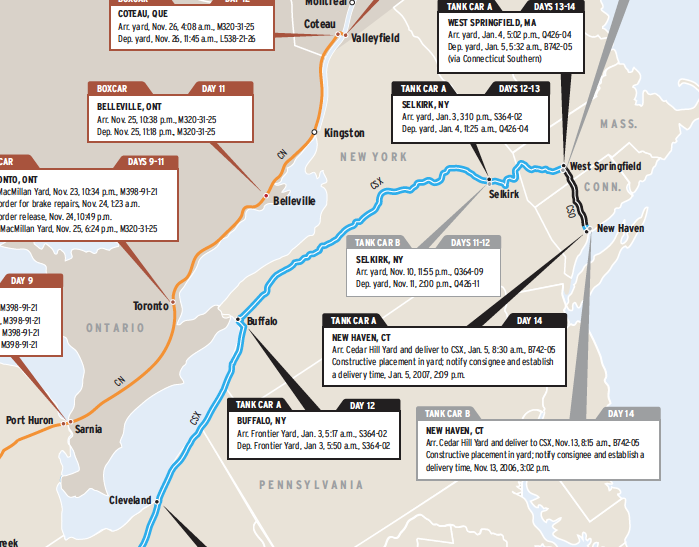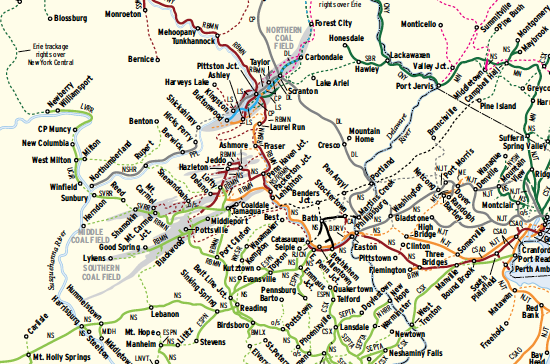At the beginning of February 2006, the company had 56 active “T & E” (train and engine) crew bases at 53 locations, where conductors and engineers reported to work, ready to handle from 233 to 286 daily departures. (New York, Washington, and Harrisburg, Pa., have two districts originating from one base.) That year, Amtrak closed an engineer crew-change point at Helper, Utah, but the network otherwise remained intact.
At its startup on May 1, 1971, Amtrak inherited host railroad employees who had run passenger and freight trains from historically determined division points under mileage-based pay formulas. As the new carrier began hiring its own personnel, to ensure quality control and the ability to operate trains seamlessly over different railroads, it also moved to time-based compensation.
Today, a key factor in determining where crews are based, and the outer limits of their qualified territories, is the federal mandate that operating employees cannot be on duty more than 12 hours. Through collective bargaining, Amtrak negotiated the right to have one engineer in the cab on scheduled runs of fewer than 6 hours. Taking advantage of this cost efficiency has meant creating “engineer-only” crew bases and different “away terminals” for engineers and conductors, as shown on the map.
Train schedules also cause some bizarre twists. For instance, Raleigh-based engineers generally work North Carolina’s Piedmont to Charlotte and back, but the conductors are based in Charlotte. If trains are badly delayed, managers at the Consolidated National Operations Center in Wilmington, Del., must arrange to “dogcatch” an inbound crew. That’s when things can get really interesting.
Railroads included in this map:
Amtrak
This map originally appeared in the May 2006 issue of Trains magazine.





